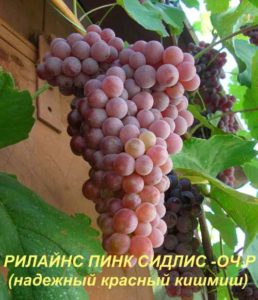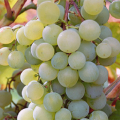Description and characteristics of the Rusbol grape variety, varieties, methods of reproduction and care
There are special types of grape crops that have been showing their best side for many years and remain in demand in the garden cult market. One of the most popular and widespread in Russian regions is the Rusbol grape variety, which is the result of Siberian selection, so it is worth learning about its features and advantages.
Variety selection
The emergence of the Rusbol hybrid was the result of the work of a team of Bulgarian scientists and breeders of the A. Ya.I. Potapenko. The grape variety is known to Russian gardeners under the name Mirage. The early ripe look gives berries of universal use with no seeds inside.
Advantages and disadvantages of the variety
The breeding qualities of the hybrid make it possible to grow Rusbol in regions with difficult conditions, including in Siberia, in unprotected soil. The main advantages of the variety include:
- good resistance to common grape diseases, including fungal diseases;
- the ability to form large clusters with calibrated berries, loosely adjacent to each other;
- stability of crops;
- the possibility of propagation by cuttings;
- ability to withstand low temperatures.
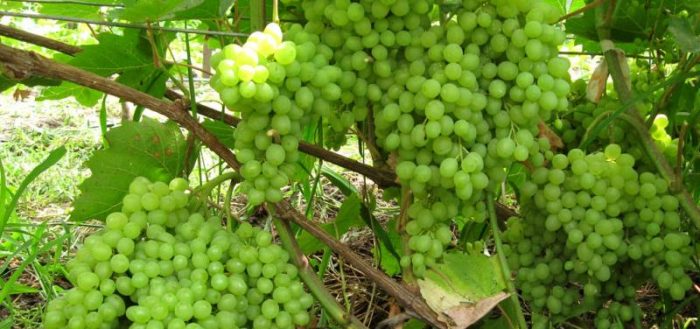
The disadvantage of the variety is the property of quick loss of presentation during long-term transportation. With excessive humidity and prolonged rains, fruit cracking and berry rot can be observed.
Characteristics and biological description
The variety belongs to the species with an early ripening period, the harvest is removed after 115-125 days. Horticultural crops form raisins, small berries do not contain seeds.
Bush and shoots
A distinctive feature of the variety is its excellent rooting ability. Young bushes show average shoot growth rates. The mature plant is very tall.
Pollination and flowering
The plant produces flowers of both sexes. This quality allows the cultivar to be used as a pollinator for female flowering plants.
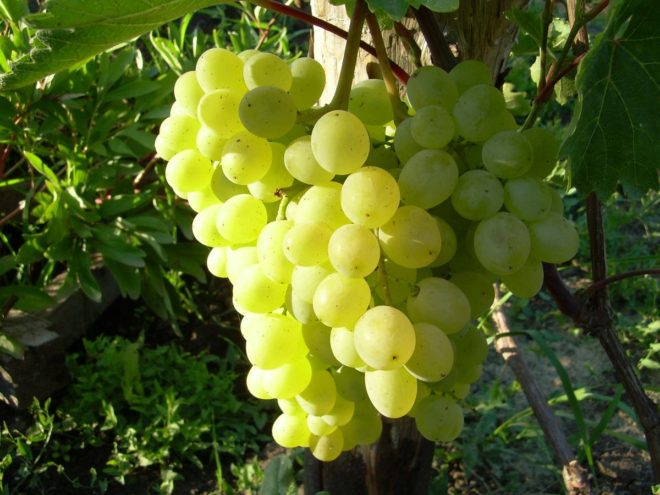
Bunches and fruits
Bunches of conical grapes can vary in size, they are large, the average weight ranges from 1 to 1.5 kg.The oval-shaped berries grow small and do not contain seeds inside, which allows the grape variety to be classified as a raisin variety. The diameter of the grape is 1.6 cm, the average weight is 3 g. In the period of full maturity, the fruits acquire a pleasant amber hue and a characteristic tan on the sunny side.
The juicy pulp of the berries has a harmonious flavor. The sugar content ranges from 19 to 21%.
Frost resistance and growing region
Rusbol belongs to the category of varieties of Siberian selection. It is able to survive in cold winters and temperatures as low as –25 0C. It can leave several healthy buds, from which young shoots actively hatch in the spring.

Hybrid forms
The Rusbol variety belongs to hybrid varieties, but breeders continue to try to get a crop with even better qualities. The result of such work was the emergence of two new species - Improved, Muscat.
Improved
The second name of the grape is Elf. It has the same breeding characteristics as the parent plants, but has a shorter maturation period, which is 105-110 days. Large-sized fruits begin to form already in the 2nd year. Too damp weather can adversely affect yields.

Rusbol Muscat
As a result of crossing with the Bulgaria Resistant variety, a variety with amber-yellow fruits and a delicate nutmeg aroma appeared. The rest of the characteristics correspond to the parent variety. Due to the inability of grapes to endure long transportation, the variety is recommended for cultivation only on the territory of small backyard farms for personal consumption.
Reproduction methods
The formation of large plantings of grapes requires significant costs for the purchase of seedlings. The Rusbol variety allows you to avoid this, as it reproduces perfectly by layering and cuttings.
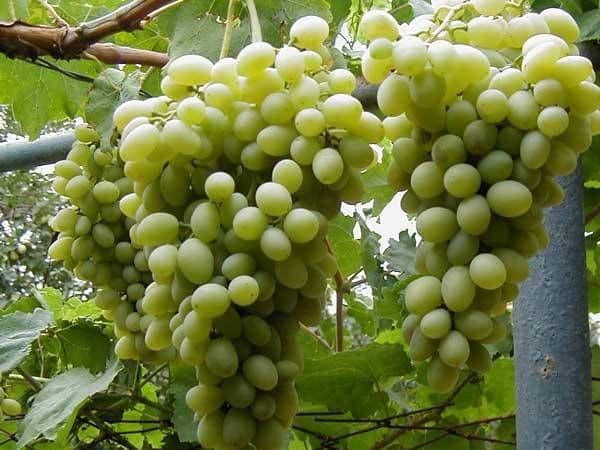
Cuttings
With the help of cuttings, you can get a large number of seedlings and quickly increase the area of planting grapes. The material is prepared in advance, for this in the fall, healthy and strong shoots are chosen and cuttings 7-12 cm long are cut from their middle part so that the length of internodes is about 10 cm, and there are 3-4 developed buds. The leaves and antennae are removed, the shoots are placed in water and disinfected with copper sulfate.
After drying, the cuttings are sent for storage until spring in a cellar with a temperature of +5 0C, placing them in boxes with wet sand.
In March, the cuttings begin to germinate. To do this, their ends are placed in a growth stimulant solution and provide additional lighting. After the roots appear, the cuttings are planted in containers with soil for transplanting to a permanent cultivation site in May.
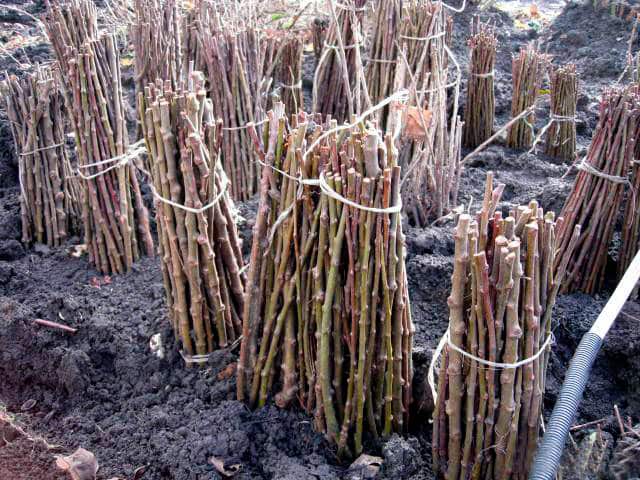
Layers
Reproduction by layering can be deep or horizontal. The first option is used to replace mature vines. To do this, in the spring, a groove is dug out to the width of a shovel and 0.5 m deep. An extreme shoot is laid in it, bringing the top out in the middle of the ditch and cutting it by 5 cm, sprinkle it with earth and take care of it like an adult plant during the season. In the 3rd year, the young bush can be separated from the parent bush.
In the case of using horizontal layering, a small groove depth of 10 to 20 cm is dug into which the grape shoot is laid. It is pressed with slingshots and covered with a mixture of earth and peat, leaving a mound 10 cm high. A film is placed on top of the ground to prevent moisture evaporation, as soon as shoots appear, it is removed. In autumn, the cuttings are dug up and divided into separate seedlings. The root system is immersed in a clay solution and the layers are sent to the cellar for storage. In the spring, a groove of 15 cm is formed and planted, cutting off the aerial part and sprinkling it with fertile soil.
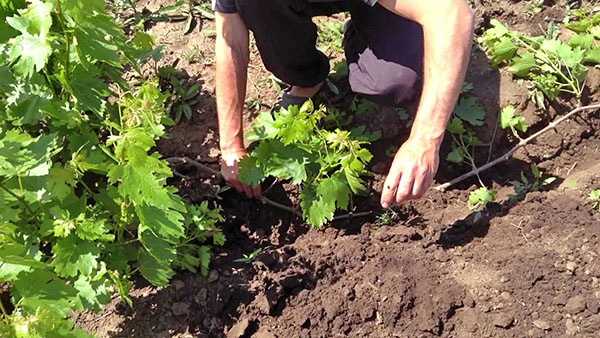
Landing conditions and rules
For planting, a well-lit fertile site is chosen. Lack of light negatively affects the growth of the plant and its fruiting. The root system is inspected for damage, the processes are trimmed and dry ones are removed. For planting, a pit 80 cm deep is formed, into which a complex of mineral fertilizers is added. The root of the seedling is carefully placed into the hole, the shoots are evenly distributed and covered with earth. After planting, it is required to moisten the landing site well.
Grape care throughout the year
Rusbol is considered an unpretentious variety. Plant care is standard and consists in timely watering, fertilizing, pruning and pest control. If necessary, shoots form a winter shelter.

Shrub formation
Due to the height of its shoots, Rusbol needs work to form a bush. Pruning is carried out for 2-3 eyes, with powerful vines, it is allowed to make a correction for 6-8 eyes. For each bush, the total load should not exceed 30-45 buds. Some gardeners practice growing grapes on short sleeves, leaving 3-4 fruiting vines with 12-16 eyes.
Watering and feeding
In the first year, the grape seedling needs additional watering. It is permissible to combine work on soil moistening with the introduction of liquid fertilizer. In the first 2-3 years, fertilizing should not be overused, since the amount of nutrients introduced during planting will be enough for the shoots.
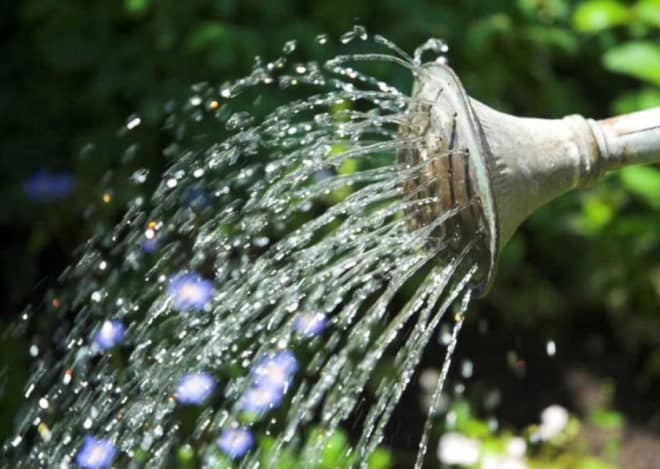
Graft
To maximize the best qualities, the grapes are grafted using vigorous rootstocks. The peculiarity of Rusball is that it can be used on almost all rootstocks.
The need to shelter for the winter
The need to form a winter shelter arises only in regions with a cold climate. If snowfall falls by more than 50 cm, then additional structures for the plant can not be done. The root zone is sprinkled with a 10 cm layer of earth, the soil and shoots are treated with a solution of ferrous sulfate. Before the onset of frost, shoots are removed from the supports, laid and a method of shelter is chosen.
To do this, you can simply sprinkle them with earth or cover them with covering material. Tightness for a shelter is unnecessary and dangerous, the lack of oxygen access and holes for moisture to escape will lead to overheating of the eyes.
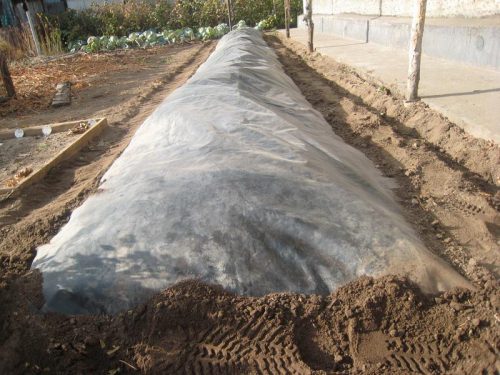
Protection from pests and diseases
Grapes often suffer from diseases such as powdery mildew, mildew and various types of rot. Rusbol has a natural resistance to such dangers, so preventive measures are sufficient. For spraying shoots, use a solution of copper sulfate, hydrogen peroxide or Bordeaux liquid.
The beginning of fruiting grapes
Under proper growing conditions, the first crop from a plant can be expected in the 2-3rd year. The fruiting quality of grapes can be characterized as high, the yield is from 85 to 95%.

Berry ripening time
The formation of mature brushes can be expected in 115 days, this is the minimum period. In different regions, it may differ up or down, but in September, you can start harvesting.
Harvesting and storage
The moment the bunches ripen means that harvesting can begin. To do this, the brushes are carefully cut and placed in previously prepared containers. The disadvantage of the variety is the inability of the berries to long-term storage, therefore, when carrying out work, it is necessary to minimize the risk of damage to the fruits. Fresh grapes can be used as an ingredient for salads, desserts, juices. The berries are dried and used to make muesli.
